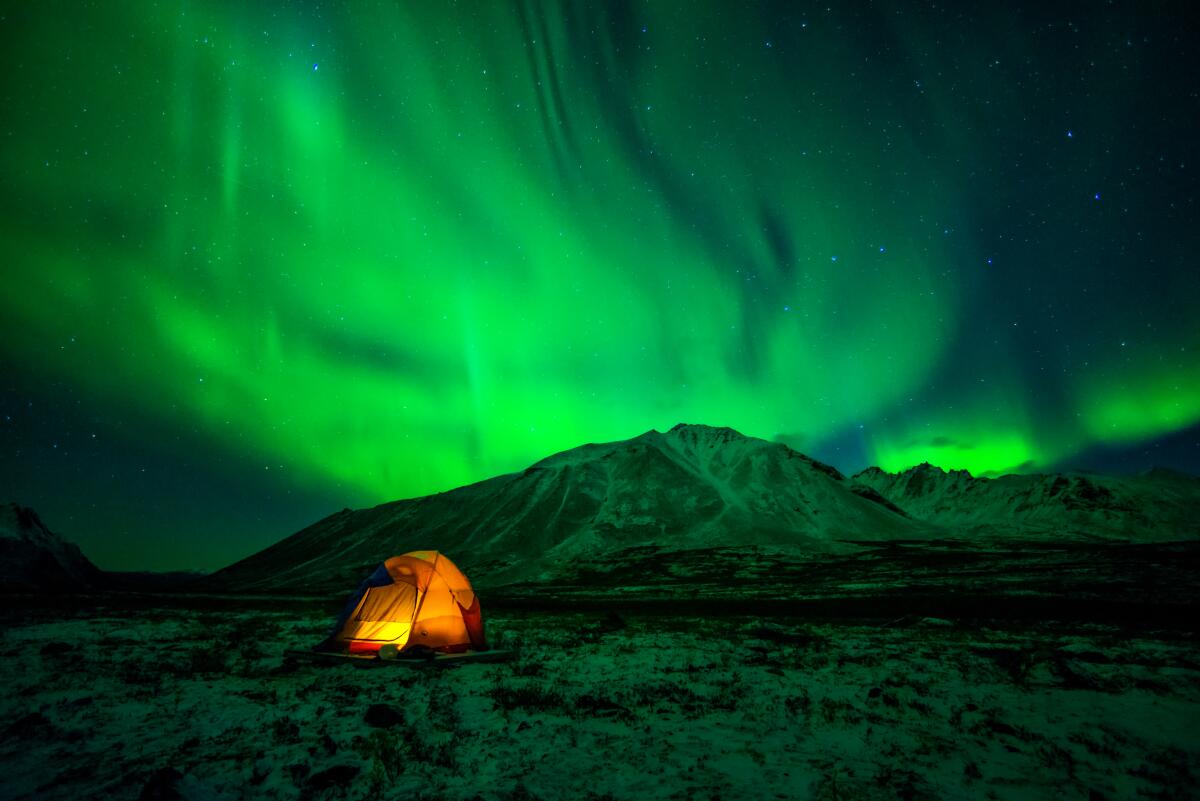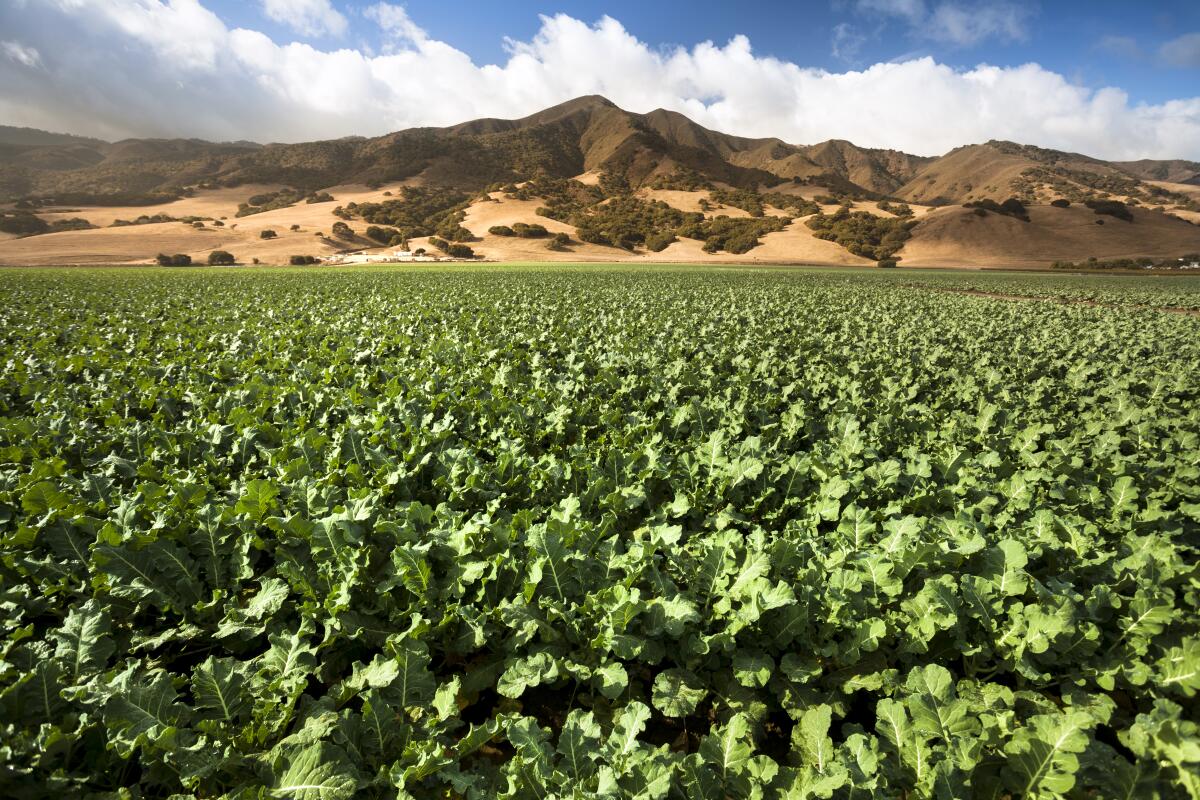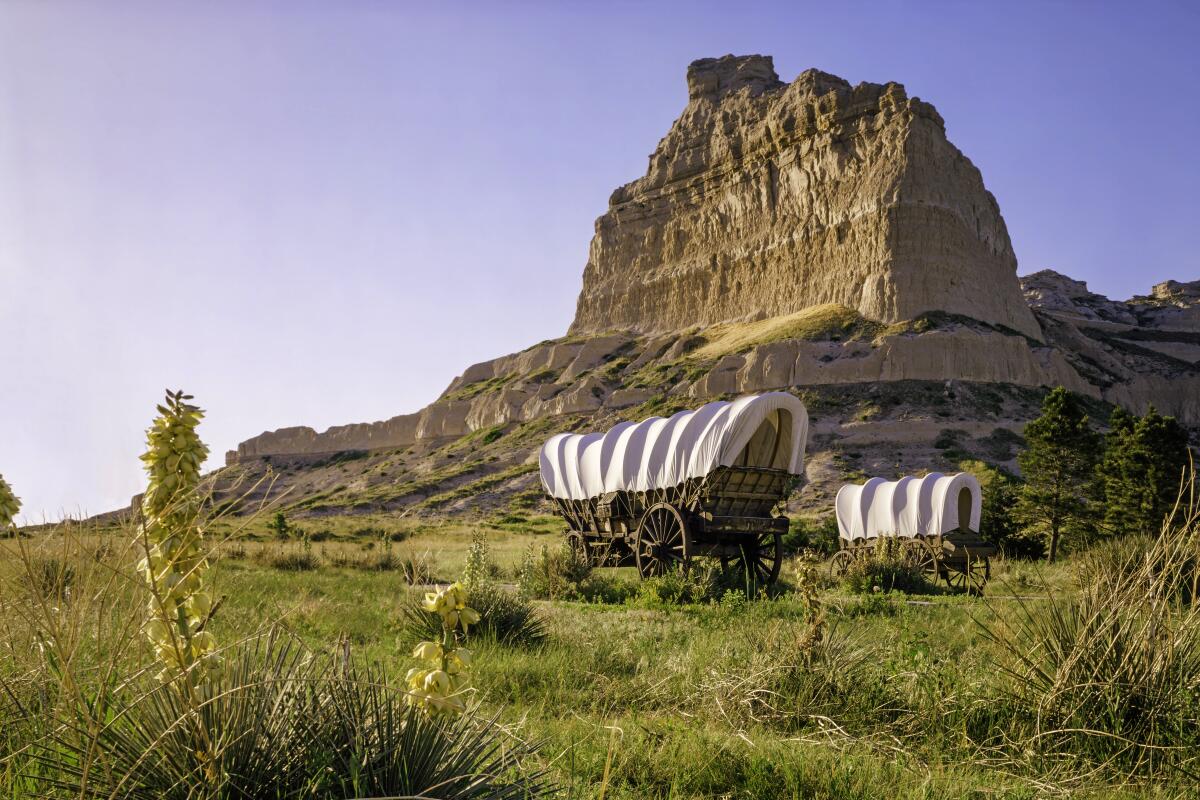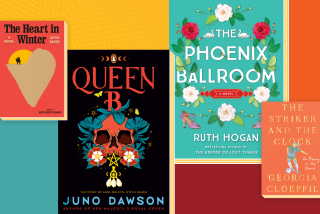To fight cabin fever, ‘book’ one of these literary journeys

As this winter of our discontent trudges on, most of our travel dreams remain grounded on the tarmac. COVID-19 vaccines promise relief soon. But until pandemic-related travel restrictions lift, we rail against a lesser evil: cabin fever.
It’s a troubling malady, no doubt, but with an appealing antidote. From John Steinbeck (California’s Salinas Valley) to Jack London (Alaska and the Yukon) to Willa Cather (the Great Plains), our favorite authors can transport us to places lodged in memory or only imagined on the horizon.
Literature, as we know, thrives on characters and conflict. But it also requires a sense of place. Acclaimed Southern author Eudora Welty, bluntly conceding that “fiction is a lie,” argued that place cements credibility and adds life to a fictional work’s characters.
In the introduction to his delightful collection on literary destinations (“Booked: A Traveler’s Guide to Literary Locations Around the World,”), author Richard Kreitner described himself as “deliriously happy” during a trip in his youth. The occasion? Carting a William Wordsworth book to a rocky peak overlooking the English village of Grasmere, where the poet lived for 15 years and is buried.
Kreitner’s book traces destinations such as Atticus Finch’s Alabama hometown in Harper Lee’s “To Kill a Mockingbird,” the two-story house in Lorain, Ohio, that inspired Toni Morrison’s “The Bluest Eye” and James Joyce’s Dublin in “Ulysses.”
“Why do we search out places from literature?” Kreitner asks. “Most obviously it is to see how our mental image of (them), shaped by the author’s descriptions, matches up with reality. … We want to see how the artist has transformed banal reality into the stuff of art.”
We need a departure, and soon.
Travel with me, then, on a personal journey culled from the pages of a hip-high stack of books.

John Steinbeck’s Salinas Valley
The opening words of Steinbeck’s “East of Eden” are simple and unadorned: “The Salinas Valley is in Northern California.” The following pages are consumed by a vivid description of the place the writer was born and reared.
“I remember that the Gabilan Mountains to the east of the valley were light gay mountains full of sun and loveliness and a kind of invitation, so that you wanted to climb into their warm foothills almost as you want to climb into the lap of a beloved mother. They were beckoning mountains with a brown grass love.”
We know from a companion diary that charts the novel’s progress in 1951 (“Journal of a Novel: The East of Eden Letters”) that Steinbeck intended that the work be a keepsake of place and family for his two young sons, starting by establishing their bloodline.
“Next I want to describe the Salinas Valley in detail but in sparse detail so that there can be a real feeling of it,” he wrote his editor, Pascal Covici. “It should be sights and sounds, smells and colors but put down with simplicity as though the boys were able to read it. This is the physical background of the book.”
Even in “Cannery Row,” the seedy side of Monterey (long since cleaned up) seems somehow jaunty and picturesque.
“Cannery Row is the gathered and scattered, tin and iron and rust and splintered wood, chipped pavement and weedy lots and junk heaps, sardine canneries of corrugated iron, honky tonks, restaurants and whore houses, and little crowded groceries, and laboratories and flophouses.”
The valley’s farmers reviled Steinbeck for decades because of his sympathetic portrayal of farmworkers in “The Grapes of Wrath,” labeling him a communist and worse. But finally, in 1998, 30 years after his death, the National Steinbeck Center opened in Salinas.
The pandemic has shuttered the center since March. The highlight for me, when I visited a few years ago, was seeing Rocinante,the truck-camper combo that carried Steinbeck and his standard poodle around the country to write “Travels With Charley.”
Jack London’s Alaska and the Canadian Yukon
The lure of gold drew London to Alaska and the Yukon during the Klondike Gold Rush in 1897. His experiences there fueled his writing. Ultimately, he made his fortune from words, drawn from the North’s harsh landscape, such as this passage from “The Call of the Wild”:
“With the aurora borealis flaming coldly overhead, or the stars leaping in the frost dance, and the land numb and frozen under its pall of snow, this song of the huskies might have been the defiance of life.”
Or his opening description from “White Fang”:
“Dark spruce forest frowned on either side the frozen waterway. The trees had been stripped by a recent wind of their white covering of frost, and they seemed to lean toward each other, black and ominous, in the fading light. A vast silence reigned over the land.”
Perhaps more than any other, the London passage that has stuck with me over the years describes the Yukon’s unyielding cold, from his short story, “To Build a Fire”:
“As he turned to go on, he spat speculatively. There was a sharp, explosive crackle that startled him. He spat again. And again, in the air, before it could fall to the snow, the spittle crackled. He knew that at fifty below spittle crackled on the snow, but this spittle had crackled in the air. Undoubtedly it was colder than fifty below — how much colder he did not know.”
That story, and many others, including Native legends, can be found in “The Last New Land: Stories of Alaska Past and Present,” an anthology edited by Wayne Mergler.

Willa Cather’s Great Plains
Cather spent most of her childhood in Nebraska, and those memories captured in her clear, evocative style made her one of the early 20th century’s most popular writers. Much of the work, including 1918’s “My Ántonia,” is set on the Great Plains:
“The road from the post-office came directly by our door, crossed the farmyard, and curved round this little pond, beyond which it began to climb the gentle swell of unbroken prairie to the west. There, along the western sky-line it skirted a great cornfield, much larger than any field I had ever seen. This cornfield, and the sorghum patch behind the barn, were the only broken land in sight. Everywhere, as far as the eye could reach, there was nothing but rough, shaggy, red grass, most of it as tall as I.”
Or this excerpt, from the Pulitzer Prize-winning “One of Ours.”
“He had come to this part of Nebraska when the Indians and the buffalo were still about, remembered the grasshopper year and the big cyclone, had watched the farms emerge one by one from the great rolling page where once only the wind wrote its story.”
Other notable literary destinations
Southern California: It’s hard to beat Joan Didion’s searing prose on Santa Ana winds (“Los Angeles Notebook,” from “Slouching Towards Bethlehem”). But for a gritty slice of L.A. pulp fiction, I will curl up anytime with Raymond Chandler (suggested reading: “The Annotated Big Sleep,” which tells the story behind the masterpiece).
New York City: This metropolis seems to bring out the melancholy and cynicism in its authors (“Washington Square” by Henry James; “The Catcher in the Rye” by J.D. Salinger; a host of desperate characters in O. Henry’s short stories). For a dose of youthful optimism, try Herman Wouk’s “City Boy,” Chaim Potok’s “The Chosen” or the classic kids novel, E.L. Konigsburg’s “From the Mixed-Up Files of Mrs. Basil E. Frankweiler.”
London: I’m partial to Charles Dickens and Arthur Conan Doyle for an atmospheric fix. J.K. Rowling’s legion of readers mostly escape to a world of her imagining, but life on occasion adapts to art, as a sign delineating the invisible Platform 9¾ now attests at King’s Cross Station (as well as — surprise! — the Harry Potter Shop).
If only a wand and an incantation could set us right again, as if we were beset by a Curse of the Bogies. At least we know, thanks to Henry’s “The Handbook of Hymen” (found in “Heart of the West”), that books offer a foolproof cure for cabin fever.
More to Read
Sign up for The Wild
We’ll help you find the best places to hike, bike and run, as well as the perfect silent spots for meditation and yoga.
You may occasionally receive promotional content from the Los Angeles Times.






